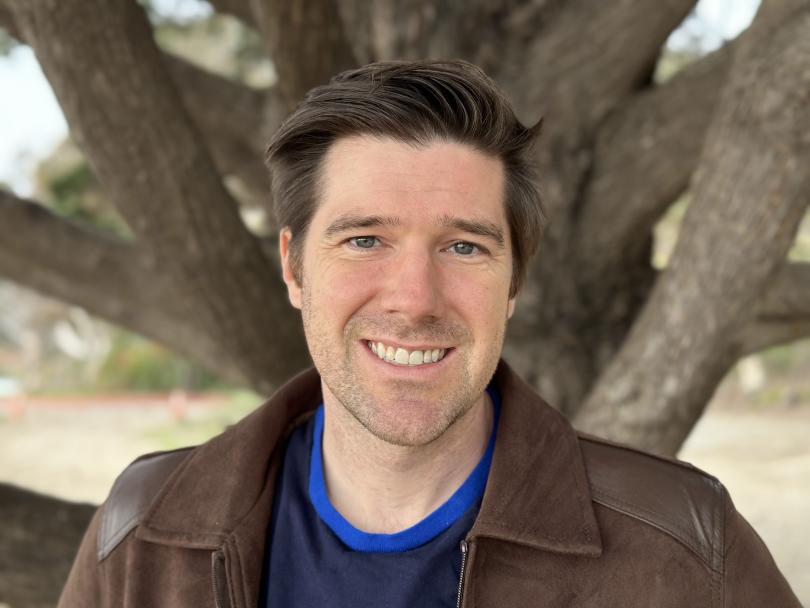Before entering the University of Kentucky in the fall of 2010, I had some prior exposure to experimental condensed matter research but knew I had much to learn for understanding its intricate theory. So, I focused on my coursework for the first year and a half in graduate school and was fortunate to have both incredibly knowledgeable faculty and a strong supportive group of peers that enriched the educational journey. By the summer of 2012, I decided to join Prof. Ambrose Seo’s thin film oxides lab. I was specifically interested in the emergent phenomena stemming from the strong spin-orbit coupling inherent in 5d transition metals. In addition to the strong spin-orbit coupling term, the ground state of 5d transition metal oxides is highly amenable to electron-electron correlation, an experimentally tunable parameter. The interplay between these two interactions offers an experimental playground for exploring new phases, such as unconventional superconductivity, topological insulators, and Weyl semimetals.
My research with Prof. Seo proved to be instrumental in acquiring the knowledge and skills necessary for my career. The pulsed laser deposition system for thin film synthesis was state of the art and offered fine-tune control of atomically thin layers during epitaxial thin film growth—a feat markedly above the industry standard. Our lab group presented at many international conferences, which bolstered our confidence in presenting technical topics to the world’s leading experts in the field. I was also afforded the opportunity to conduct my final thesis topic abroad at Seoul National University, which pushed me to quickly learn a new lab environment and become a more independent and well-rounded researcher.
Upon graduating with my Ph.D. in 2017, I received a job offer to work at Teledyne Imaging Sensors as a Molecular Beam Epitaxy (MBE) engineer in Camarillo, CA. Teledyne is responsible for producing some of the world’s most sensitive, high resolution infrared cameras for agencies such as NASA, the DoD, and the EPA. For instance, a majority of the IR cameras on the James Webb space telescope are Teledyne cameras. The key to the IR sensing is a thin film of the II-VI semiconductor HgCdTe. This compound has a very tunable bandgap across the entire IR spectrum. By varying the ratio of mercury to cadmium, the material can be tuned to detect specific IR wavelengths. The real-time control and monitor of these compound ratios during growth synthesis are essential for producing these high-quality detectors.

While I didn’t have direct experience with MBE, the pulsed-laser epitaxy system used during my graduate studies had the same in-situ growth monitoring capabilities as Teledyne’s systems. By the end of my 90-day evaluation period, I had learned the skills necessary to operate and maintain their primary production reactor and produced several flight-grade detectors for NASA’s Roman Space Telescope. Some of my previous projects at Teledyne included constructing a Hall system for accessing dopant carrier concentration and mobility at low temperatures, designing and implementing a software-controlled machine automation that automates growth processes on all of Teledyne’s MBE reactors, and automating growth recipe design for new growth structures. In 2021, I was promoted to senior engineer on the primary production MBE reactor.
One aspect of academia that I miss is the ability to share your accumulated knowledge with others. During graduate school, one of my teaching assignments was to create online videos of physics demos used during the first year of a general university physics class. I really had a lot of fun developing these videos and recently, I have started my own physics YouTube channel (https://www.youtube.com/@DrJohnDev), dedicated to teaching physics to a general audience. It’s my hope to bring more appreciation of physics to topics and applications not typically explored in introductory level classes. And hopefully, others can enjoy the intricate theory as much as I did.
I really appreciate my time at the University of Kentucky Physics & Astronomy department. It provided me with the tools and skills necessary to establish my career and push through the toughest of times. The educational experience will forever hold a special place in my life.
